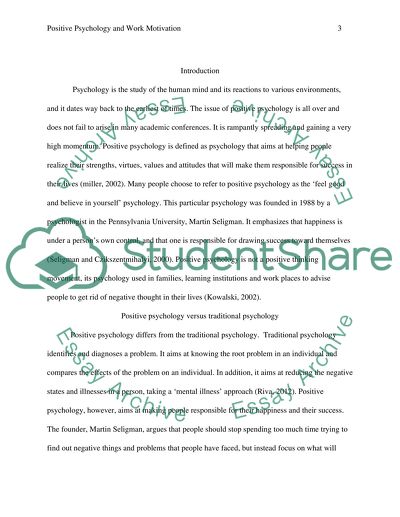Cite this document
(“To what extent does positive psychology represent a new approach to Essay”, n.d.)
To what extent does positive psychology represent a new approach to Essay. Retrieved from https://studentshare.org/psychology/1495481-to-what-extent-does-positive-psychology-represent
To what extent does positive psychology represent a new approach to Essay. Retrieved from https://studentshare.org/psychology/1495481-to-what-extent-does-positive-psychology-represent
(To What Extent Does Positive Psychology Represent a New Approach to Essay)
To What Extent Does Positive Psychology Represent a New Approach to Essay. https://studentshare.org/psychology/1495481-to-what-extent-does-positive-psychology-represent.
To What Extent Does Positive Psychology Represent a New Approach to Essay. https://studentshare.org/psychology/1495481-to-what-extent-does-positive-psychology-represent.
“To What Extent Does Positive Psychology Represent a New Approach to Essay”, n.d. https://studentshare.org/psychology/1495481-to-what-extent-does-positive-psychology-represent.


